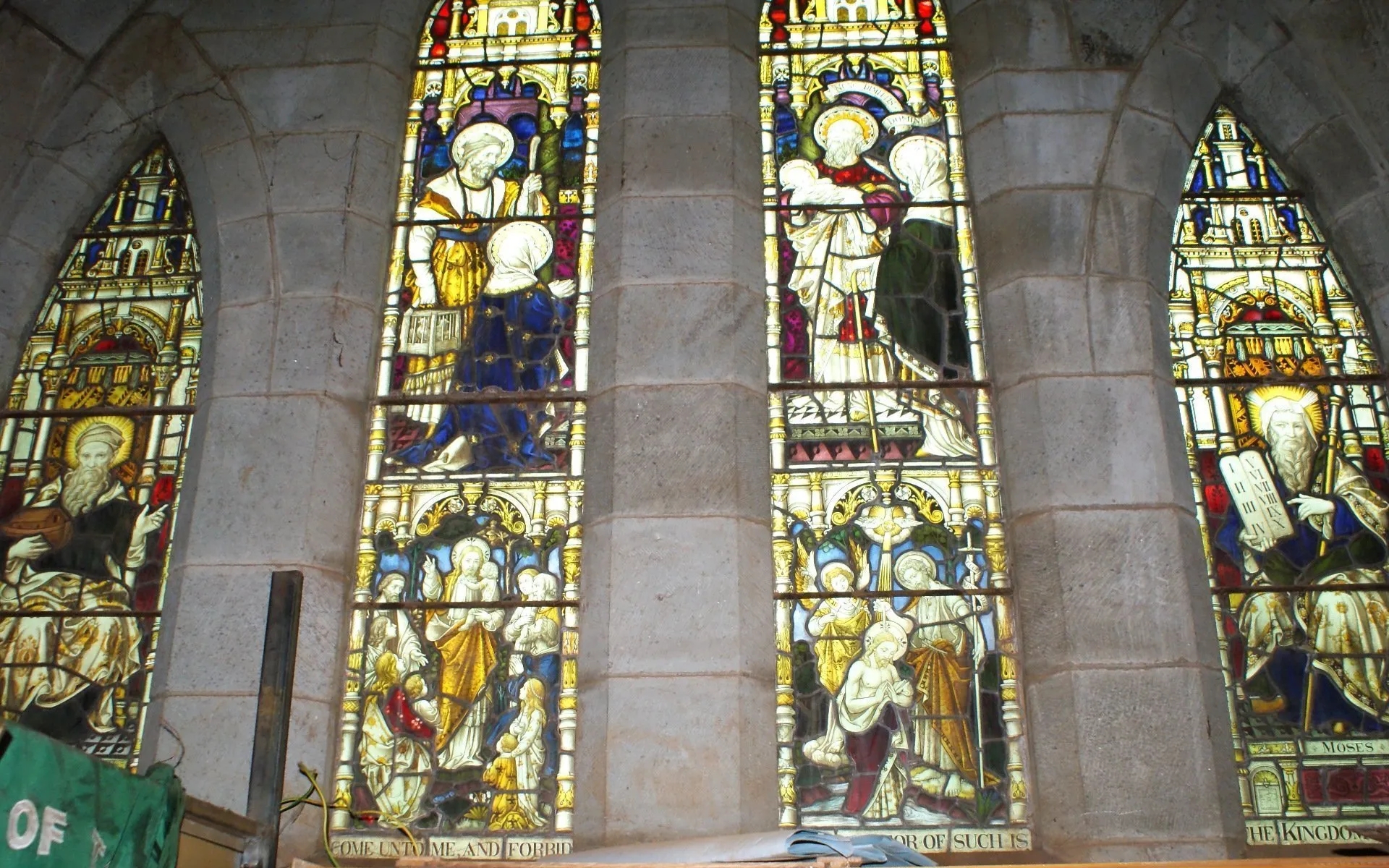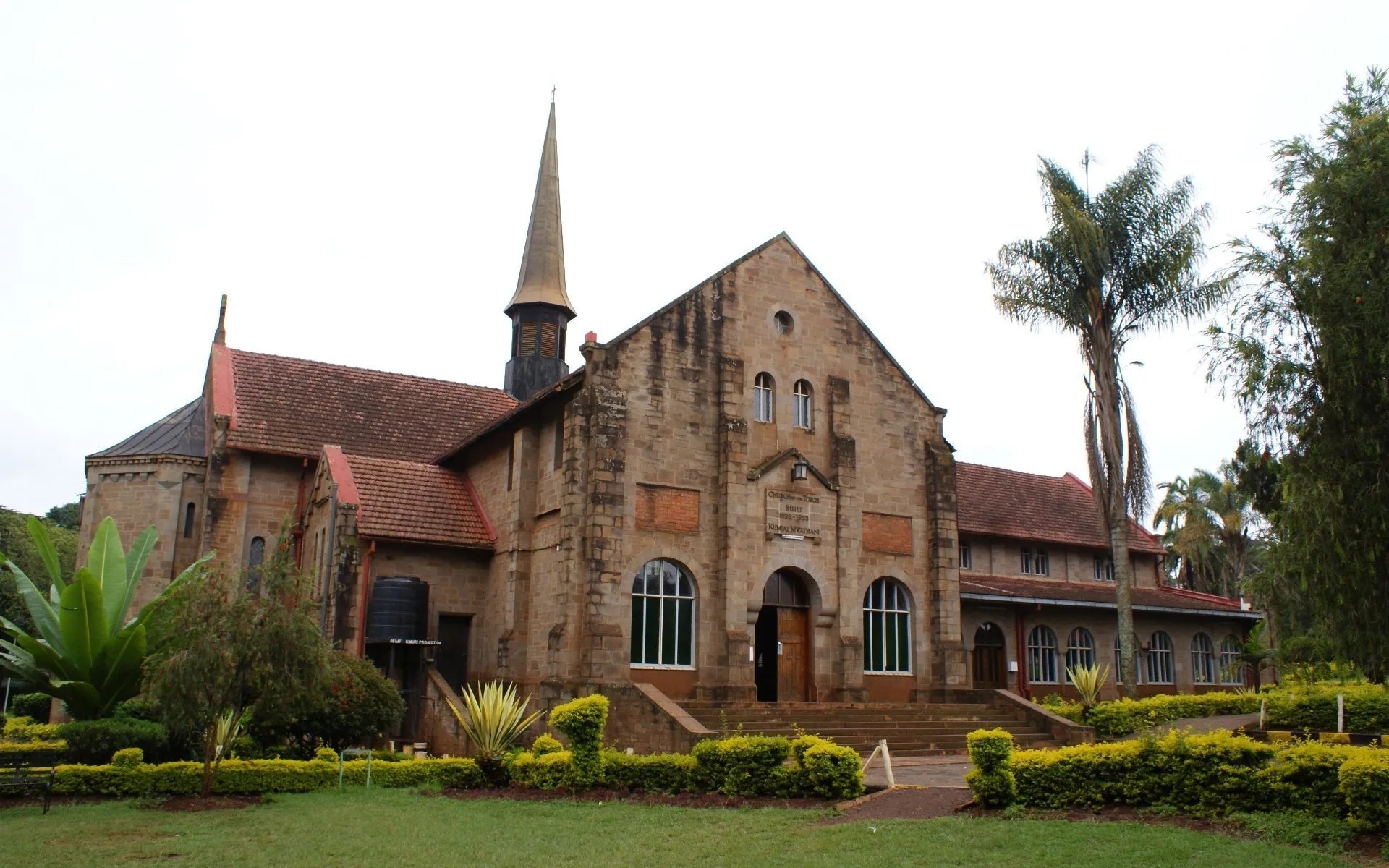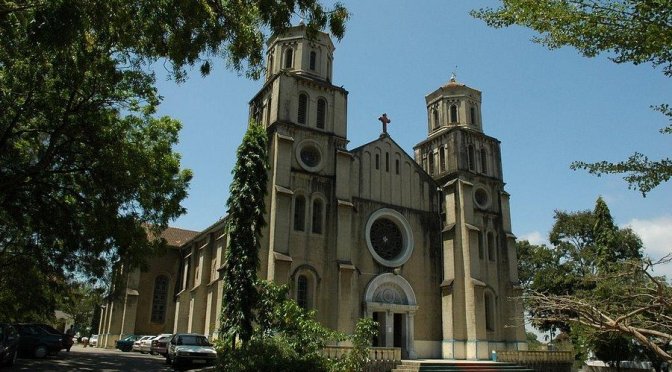Whether you consider yourself spiritual or not, there is a magnificence sacred sites hold that solidify their mark in society as iconic monuments. Kenya is host to a good number of churches built in various architectural styles, including Tudor, Victorian, Modern, Art nouveau, Romanesque, Renaissance, Baroque and Gothic. These styles help document the era in which they were built or refurbished and their rich, captivating detail make them an attraction worth adding to your travel bucket list.
Whether it’s a Romanesque and Gothic masterpiece in Nairobi or a tiny little chapel along the highway, there’s no denying the aesthetic draw of churches – we highlight (7) seven churches that make for some of the most important architectural and historical landmarks built with extraordinary design and intricate details.
Sacred Heart Cathedral, Kericho
The Sacred Heart Cathedral of Kericho is located 250 km west of Nairobi, Kenya. It lies within the Highlands, close to the Rift Valley, enjoying magnificent views across tea plantations and surrounding hills.
The Cathedral’s great inclined roof is a distinctive form in the rolling panorama of Kericho’s hills and valleys. Strikingly crafted, the building’s simple palette of materials honours the faith and frugality of this rural African context. It can hold up to 1500 people at the same time making it the second largest cathedral in Kenya.
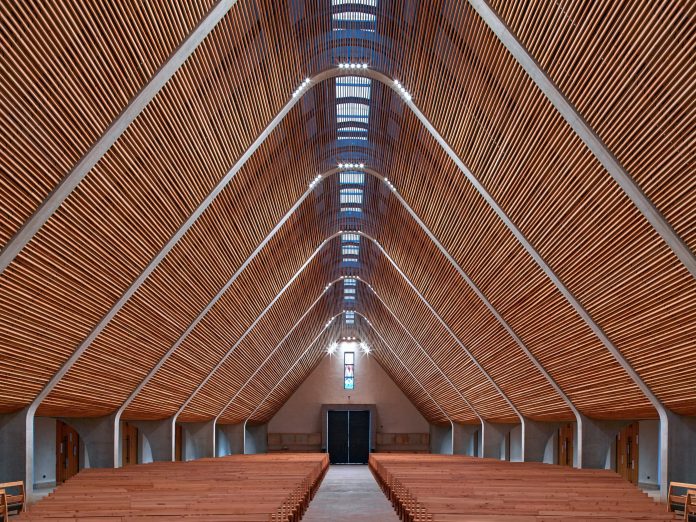



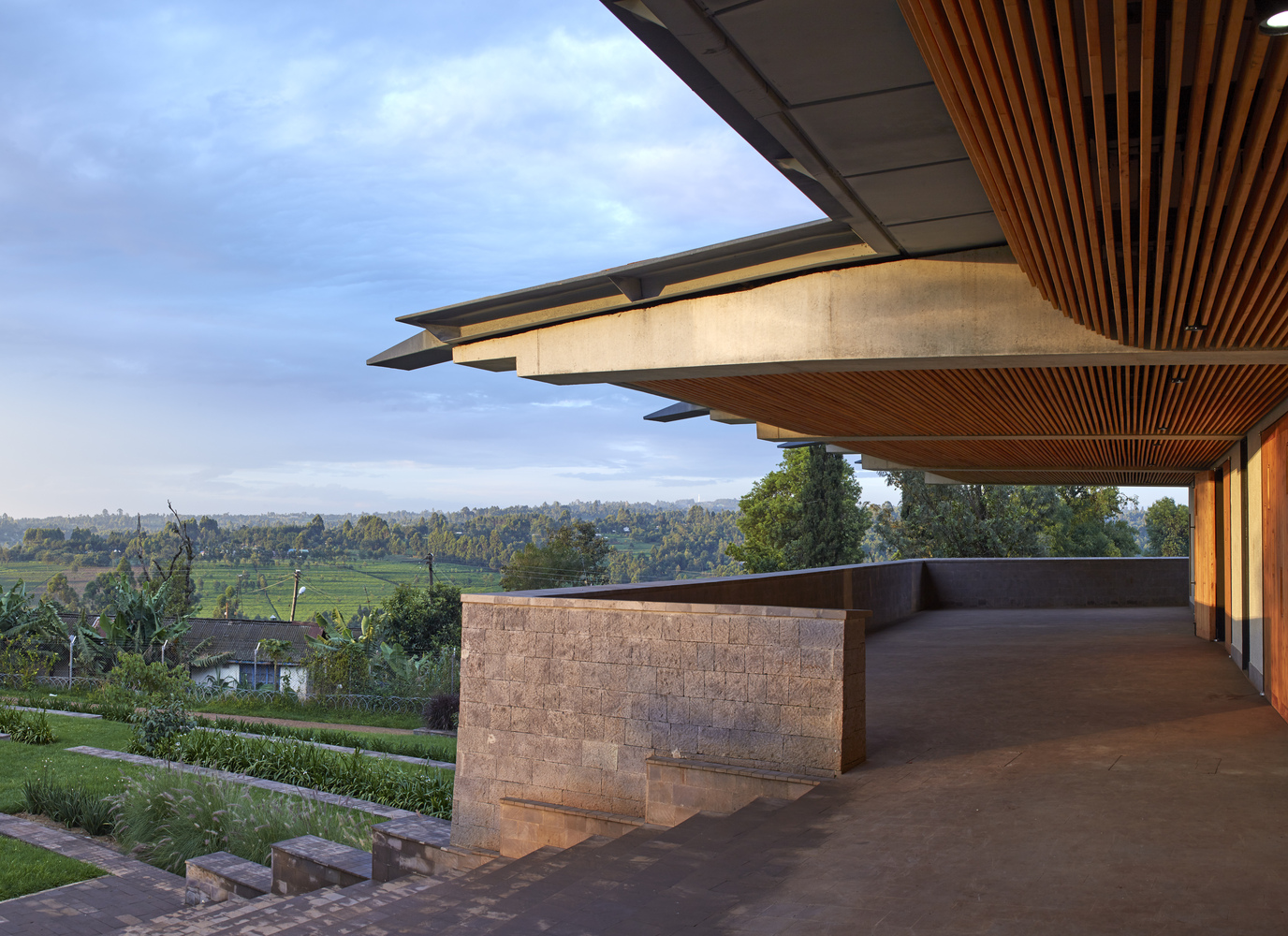



All Saints Cathedral, Nairobi
Located at the intersection of Kenyatta Avenue and Processional Way, the building has been a crucial element in the history of the country over the 102 years it has been in existence. The building was conceptualised in 1914 at a meeting chaired by Governor Henry Conway, and addressed by the Archbishop of Cape Town. The agenda was to address the desire of Chaplain Reverend W. M. Falloon.
The building’s cross-like shape symbolises the cross on which Christ was crucified and creates room for movement of congregates. Construction, which took place in four stages from 1917 to 1952, was done using grey stone from Lang’ata quarries and Government House, what we know as State House. Its walls are decorated with stained-glass windows with the outstanding one being the circular Rose Window, which traces its origin to the 13th century works of Comacini an Italian designer. The cathedral’s compound is dotted with indigenous trees and cypress whose seeds came from Jerusalem and others from the Garden of Gethsemane and the Garden of the Tomb. It was not until 1963 after independence that Africans were allowed to use the facility for worship.

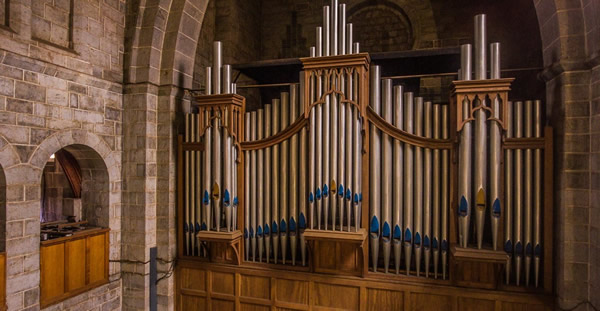
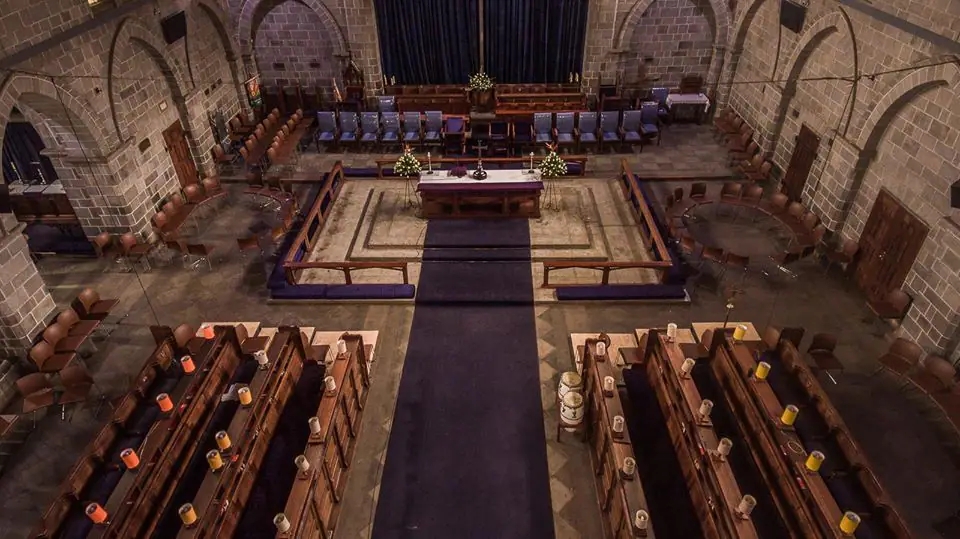



Don Bosco Catholic Church, Nairobi
This youth church stands out from the traditional Catholic Church which was more solemn, more linear and with cold colors in a curvilinear, natural lit stepped high volume space that remains true its spirit.The composition of circular forms has been perfected where four independent circular forms are tied together by another circular cantilevering plane with conical roofs at the top. The resultant space forms neat curved seating that has sweeping and uninterrupted views of the altar and the entire space.The church maintains the stained glass for the windows as most church would but adds to that by the introduction of the staggered roof that creates roof lights between them that allow natural diffused light into the space lifting the spirit of the space and creating a more spiritual experience.





The Mai Mahiu Catholic Church
Built by the Italian Prisoners of War interned in Kenya during the Second World War, who were made to build the Limuru – Maai Mahiu – Naivasha road in 1942-1944, this tiny catholic church which is also the smallest church in East Africa and a gazetted national monument with many Latin phrases and paintings encrypted on the internal walls packs quite a rich history. Tucked away behind a concrete wall and beautiful gardens it is often quite easy to miss on the highway and many a times has been used a perfect spot for geocaching.
The pentagon-shaped church interior has four small wooden pews and an altar with a pulpit. Measuring 15 by 8 feet, it has a capacity to sit 12 people during mass. Just like its bigger counterparts, the church has three normal doors for access.The inside walls are decorated with inscriptions in Latin. Above the stained glass windows and the entrance doors are painted the words, Venite Ad Memone (Come to me my people), Haec Est Victoria Quae Vincit Mundum Fides Mustra (This is the victory that has won the world by our faith), Benedicite Coeli Domino Benedicite (Blessed be the sky and blessed again) and finally Universa Germinatia In Terra Domino, which translates to, everything will germinate in the sky and also on the earth.
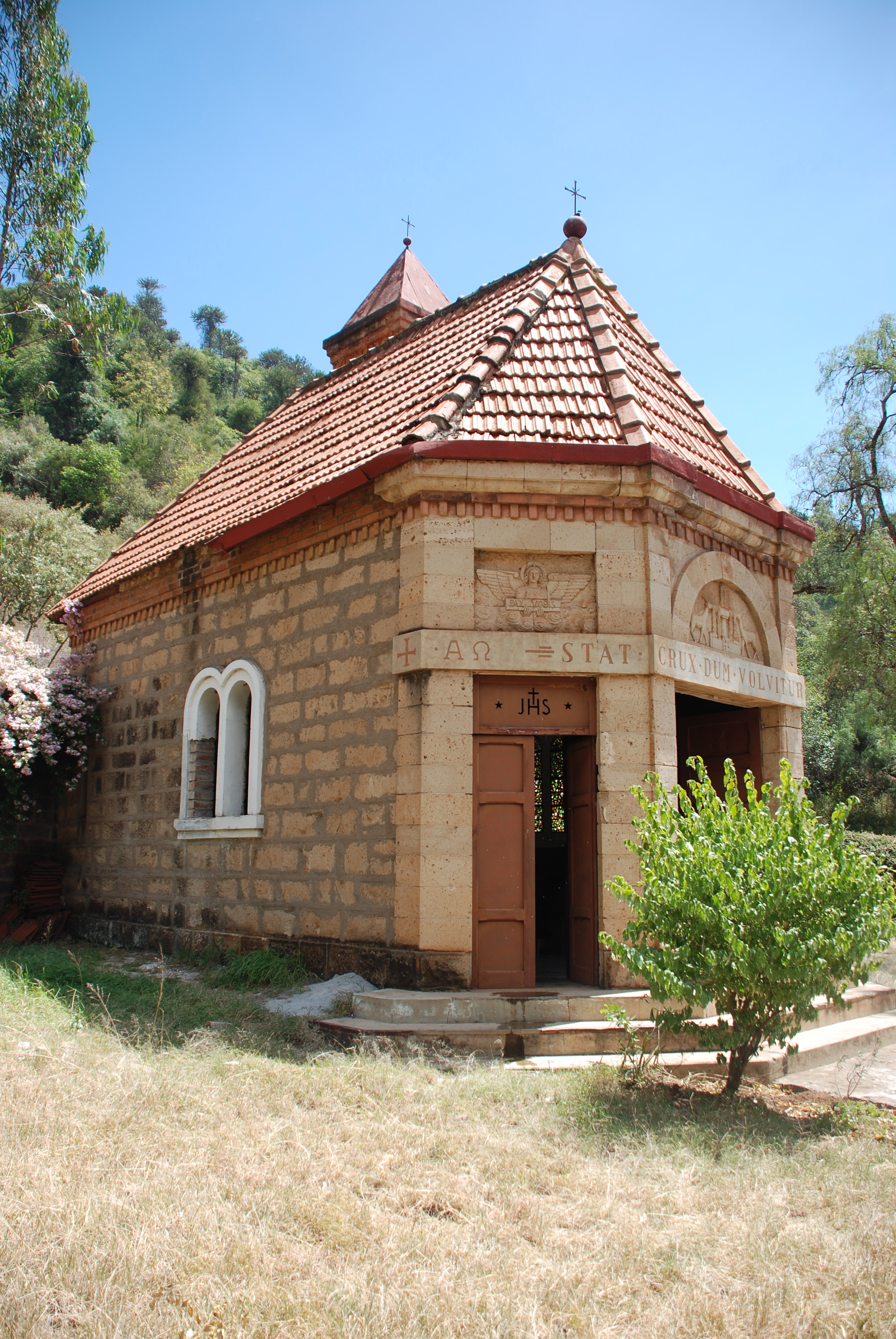





St. Joseph’s Cathedral, Meru
St Joseph Cathedral, situated about 2 KM from the Meru CBD, was built at the height of the Mau Mau uprising. The times were dark for the catholic missionaries seeking to establish themselves in this part of Kenya.
Four years before the cathedral was built in 1957, the mission in Mujwa had been attacked by the Mau Mau who killed a Nun and wounded a Priest. Such is the backdrop of this magnificent cathedral in the heart of Meru County.
St Joseph Cathedral was built by a team of Consolata brothers, including Brothers Joseph Argese and John Comaron. Brother Argese was among those who built the beautiful Mukululu Consolata Shrine.


Holy Ghost Cathedral, Mombasa
The Holy Ghost Cathedral Catholic Church stands as a testament to the city’s rich history and architectural splendor. Established in 1889 by Father Alexander le Roy, a Holy Ghost missionary, it is Mombasa’s first Catholic mission. The cathedral, built in the imposing Romanesque style, was opened to the faithful in 1923 after eight years of construction that commenced in 1916, during the tumultuous period of the First World War and the devastating Spanish flu pandemic.
The interior of the cathedral is equally captivating. The high altar, tabernacle, and ambo were crafted from exquisite marble, skillfully carved and sculpted by stonemasons in Toulouse, France. The church boasts an array of coloured stained glass windows, each depicting significant aspects of the Catholic faith. Behind the tabernacle, three windows narrate the story of the church, with the central one dedicated to the Holy Spirit, the right one symbolizing the baptism of Christ, and the left representing the descent of the Holy Spirit, which marked the church’s inception.
The church’s ceiling is an intricate replica of London’s Westminster Cathedral. Painstakingly hand-painted by an artist lying on a precarious platform, each cell was meticulously adorned, showcasing the remarkable craftsmanship involved.

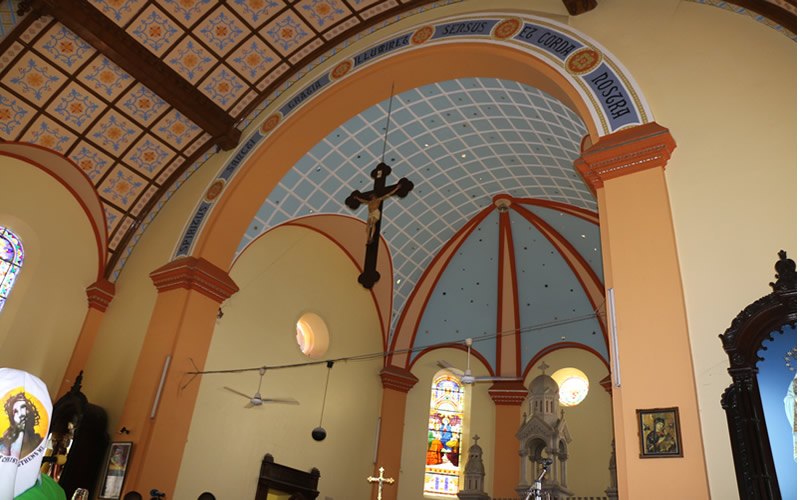


Church of the Torch, Kikuyu
Slightly over an hour’s drive from the Karen shopping centre in Thogoto, Kikuyu, sits the Church of the Torch. Built between 1928 and 1933 by Scottish architect Bernard P Gaymer, this 86-year-old neo-Gothic marvel of architecture was intended to be a light on a dark continent.
Laid out in a traditional cruciform shape with a triple aisle nave, transept and apse, the Church of the Torch rivals many modern buildings in grandeur and precision. Its walls consist of finely dressed masonry with recessed mortar joints beneath a Mangalore tiled roof supported by massive treated timber trusses.


